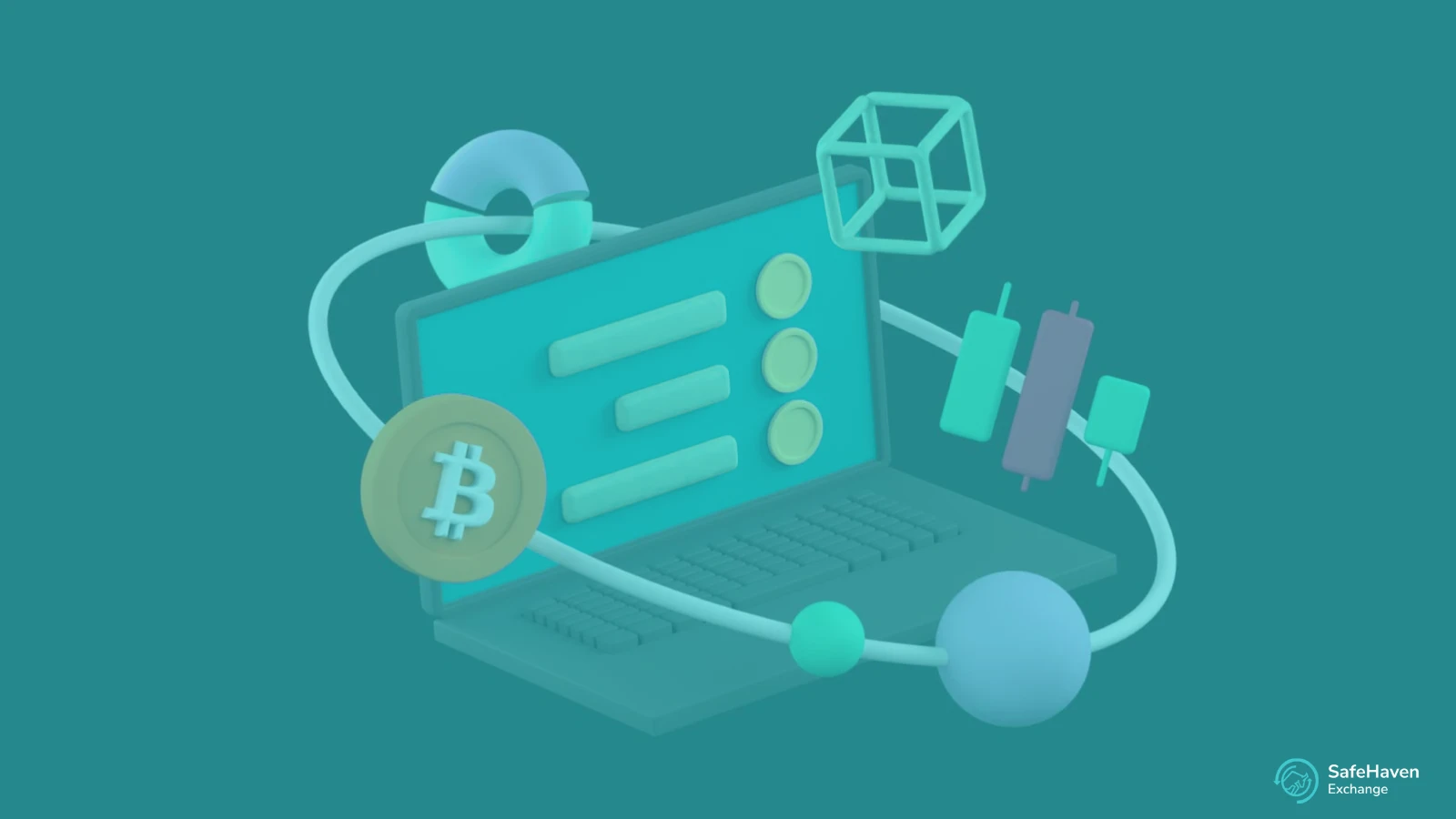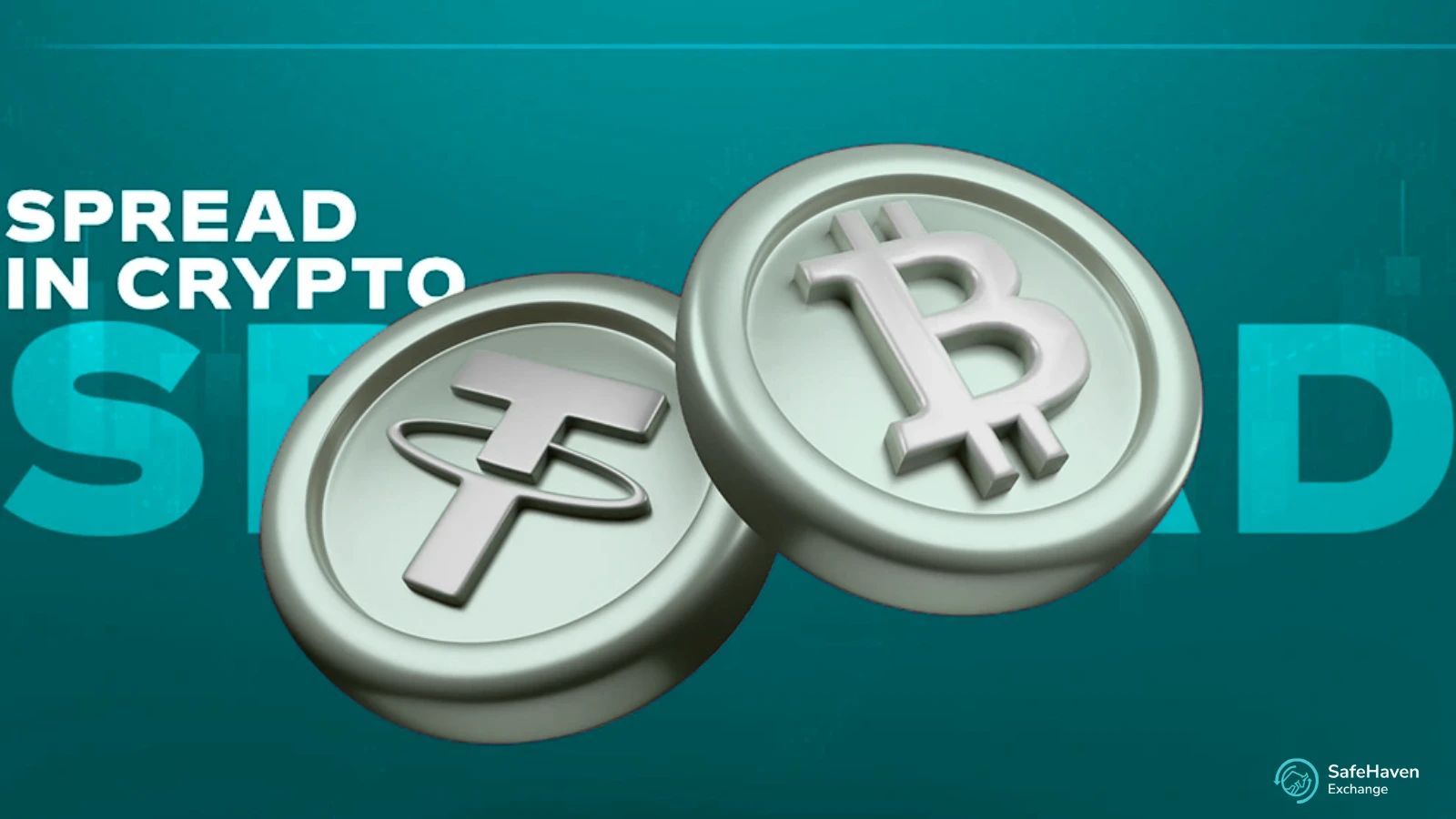In the world of peer-to-peer (P2P) crypto trading, high fees and slow transaction times can quickly erode your profits and create a frustrating user experience. Traders are constantly searching for platforms that offer better speed, lower costs, and enhanced security. This is where the conversation turns to innovative blockchain architecture. Understanding What Is a Subnet Crypto is the first step toward unlocking a more efficient and affordable P2P trading future. Subnets, or sub-networks, are specialized blockchains that operate within a larger ecosystem, offering dedicated resources to applications like a P2P exchange, resulting in significant performance improvements.
Quick Definition: A subnet is a sovereign, independent blockchain network that is connected to a main blockchain but operates with its own set of rules, validators, and tokens. It allows an application, such as a P2P trading platform, to have its own dedicated blockspace, avoiding congestion and high fees from the main network.
Why P2P Traders Should Care About Blockchain Subnets
For P2P traders, the underlying technology of an exchange platform directly impacts every transaction. When you use a platform built on a congested main blockchain, you are competing with thousands of other applications and users for limited space. This competition drives up transaction costs, commonly known as gas fees, and slows down settlement times.
A platform leveraging a subnet crypto architecture sidesteps these issues entirely. Imagine having an exclusive highway for your trades instead of being stuck in network-wide traffic. This dedicated environment means your P2P activities—from placing an order to settling the final swap—are processed quickly and cheaply. For high-frequency traders or those dealing with smaller margins, these savings are not just a convenience; they are a critical component of a profitable strategy.
The Problem with Traditional P2P on Main Chains
Most early P2P platforms were built directly on Layer-1 (L1) blockchains. While secure, these networks often suffer from:
- High Gas Fees: During periods of high network activity, a simple order execution or settlement can cost a significant amount, especially on networks like Ethereum.
- Slow Finality: It can take several minutes for a transaction to be irreversibly confirmed, leaving trades in a pending state and capital locked up.
- Limited Throughput: The number of transactions a main chain can process per second is limited, creating bottlenecks that affect all users.
These limitations make it difficult for P2P platforms to offer the fast, low-cost experience that traders demand. This is precisely the problem that blockchain subnets are designed to solve.
How Subnets Reduce P2P Trading Costs
The primary advantage of using a dedicated subnet for P2P trading is the dramatic reduction in operational costs. This is achieved through several key mechanisms that directly benefit your bottom line.
1. Eliminating Network Congestion
By operating on a private blockchain, a P2P platform is no longer competing for blockspace with decentralized finance (DeFi) protocols, NFT mints, or other high-traffic applications. This isolation means that your transactions are not subject to the volatile gas fee markets of the main network. The platform can establish a stable, predictable, and ultra-low fee structure, allowing you to calculate your costs with precision. This leads to significantly low gas fees compared to executing trades on a general-purpose L1.
2. Custom Gas Tokens
Some subnet frameworks allow for the use of a custom token to pay for transaction fees. A P2P platform can designate its own utility token or even a stablecoin as the gas currency. This abstracts away the complexity of holding a separate, volatile gas token (like ETH) just to facilitate trades. It simplifies the user experience and can create a more self-contained economic model within the trading ecosystem.
3. Optimized Order Books and Liquidity
An on-chain order book requires many state changes—placing orders, canceling them, and matching them. On a congested L1, each of these actions would incur a gas fee. On a subnet, these operations can be processed with minimal cost. This encourages more market-making activity and deeper market depth, as participants are not penalized for actively managing their orders. Better liquidity ultimately means better prices and less slippage for traders.
Architectural Deep Dive: Subnet vs. L1 and L2s
To fully appreciate the benefits, it’s helpful to understand where subnets fit within the broader blockchain landscape. They are a unique scaling solution that combines features from both Layer-1s and layer-2 scaling solutions.
Subnet Architecture Overview
A subnet is essentially a custom-built blockchain that inherits its security from a parent chain but operates independently.
- Dedicated Validator Set: Each subnet is validated by its own dedicated group of nodes, known as a validator set. These validators are responsible for processing transactions and creating blocks for that specific subnet only. This allows for tailored performance and security parameters.
- Sovereign Governance: Subnets have their own governance rules. The P2P platform can define how the network operates, who can participate, and what the fee structure looks like, without needing permission from the main chain’s governance body.
- Interoperability: While independent, subnets are designed for interoperability. They connect to the main network and other subnets through cross-chain bridges, allowing assets to move seamlessly across the entire ecosystem.
Comparison Table: Subnets vs. L1 and L2s
| Feature | Layer-1 (e.g., Ethereum Mainnet) | Layer-2 (e.g., Rollups) | Subnet (e.g., Avalanche Subnet) |
|---|---|---|---|
| Environment | Shared, general-purpose | Shared, but transactions bundled | Dedicated, application-specific |
| Performance | Low throughput, high latency | High throughput, low latency | Very high throughput, very low latency |
| Fees | High and volatile | Low, but tied to L1 data costs | Predictable and ultra-low |
| Customization | Very limited | Some customization | Fully customizable (VM, gas token) |
| Security | Self-secured by its validators | Inherits security from L1 | Secured by its own validators (often staked on L1) |
| Sovereignty | Sovereign | Not sovereign | Sovereign |
While sidechains also offer a separate chain environment, subnets are often more tightly integrated with their parent chain for security and interoperability, providing a more robust framework.
Risks and Compliance in a Subnet Environment
While subnets offer tremendous advantages, it’s important to consider the associated responsibilities, particularly regarding security and regulatory compliance.
Security Considerations
A P2P platform running on a subnet is responsible for ensuring the network remains secure and operational. This includes maintaining a healthy and decentralized validator set to prevent collusion or censorship. Traders should look for platforms that are transparent about their validator requirements, staking mechanisms, and overall uptime guarantees. Furthermore, your personal wallet security remains paramount. Always use hardware wallets and follow best practices for key management. For more details on protecting your assets, review our [Link: Security Practices].
KYC/AML Compliance
Subnets provide the flexibility to implement compliance measures at the network level. For instance, a platform can create a permissioned subnet where all validators and even users must complete KYC/AML (Know Your Customer/Anti-Money Laundering) checks. This creates a compliant trading environment preferred by institutional participants and helps prevent illicit activities. This controlled environment can be a significant advantage for users who prioritize regulatory adherence and want to ensure they are trading in a vetted ecosystem.
How to Get Started: A Checklist for Traders
Ready to leverage the power of subnet crypto for your P2P trading? Here is a simple checklist to get you started on our platform.
- Create Your Account: Sign up and complete any necessary identity verification steps.
- Secure Your Wallet: Set up a compatible non-custodial wallet. We recommend hardware wallets for maximum security. Need help? Check out our [Link: Wallet Guide].
- Connect to the Network: Our platform will provide clear instructions for adding our subnet to your wallet. This usually involves adding custom RPC endpoints so your wallet can communicate with our dedicated network.
- Fund Your Account: Use our integrated cross-chain bridges to transfer assets from a main chain (like Ethereum or Avalanche) to your wallet address on our subnet. The process is fast and secure.
- Explore Liquidity Pools: Browse available liquidity pools to find trading pairs with the best depth and lowest slippage. You can even consider providing liquidity yourself to earn a share of the trading fees.
- Execute Trades: Experience the difference. Place orders, engage in atomic swaps, and watch your trades settle with near-instant finality and minimal fees.
FAQs:
1. Is a subnet less secure than a main blockchain?
A subnet’s security depends on its validator set. While it doesn’t have the same number of validators as a massive L1 like Ethereum, it can achieve very high security by requiring validators to stake significant value on the parent chain. For a P2P platform, this provides more than enough security for trading operations. Platforms can also implement MEV protection at the subnet level.
2. What are the main benefits of a subnet over a Layer-2 rollup?
The main benefits are sovereignty and customization. With a subnet, a platform isn’t just renting blockspace; it owns the entire block-production process. This allows for full control over fees, performance, and features, which isn’t possible with a rollup that must conform to the L1’s rules.
3. Do I need to hold a special token to use a subnet-based P2P platform?
This depends on the platform. Some may require you to hold the main chain’s token (like AVAX for an Avalanche subnet) for staking, while others may use a custom token for gas fees. Our platform aims to simplify this process as much as possible. See our fee schedule here: [Link: Our P2P Fees].
4. How do I move my crypto onto a subnet?
You will use a cross-chain bridge. This is a tool that locks your asset on the source chain and mints a wrapped version of it on the destination subnet. Our platform has a built-in, user-friendly bridge to make this process seamless. You can move assets from any of our [Link: Supported Networks].
5. What happens if the subnet has an outage?
Because a subnet is an independent network, an outage would be isolated to that specific environment. A well-managed platform will have redundant systems and a clear plan for recovery. The parent chain and other subnets would remain unaffected. We are committed to maximum uptime for our traders.
6. Can subnets communicate with each other?
Yes, most modern subnet frameworks are designed with native interoperability protocols. This allows assets and data to be transferred between different subnets and the main chain, creating a connected “internet of blockchains” rather than isolated ecosystems. [External link: source].
7. Can I earn rewards on a subnet?
Yes. Beyond trading profits, users can often participate in the network by becoming a validator or delegating their tokens to one. This helps secure the network and, in return, provides staking rewards.
Your Gateway to Efficient P2P Trading
The evolution of blockchain architecture is paving the way for applications that are faster, cheaper, and more user-friendly than ever before. For P2P traders, this shift is monumental. Platforms built on dedicated subnets remove the long-standing barriers of high fees and network latency, creating an environment where strategy and speed can truly shine. By understanding What Is a Subnet Crypto, you are positioning yourself at the forefront of this technological leap, ready to capitalize on the benefits of a purpose-built trading environment.
Ready to leave high fees and slow settlement behind? Join our P2P trading platform today and experience the power of a dedicated subnet. Enjoy near-instant, trustless settlement and some of the lowest fees on the market.







